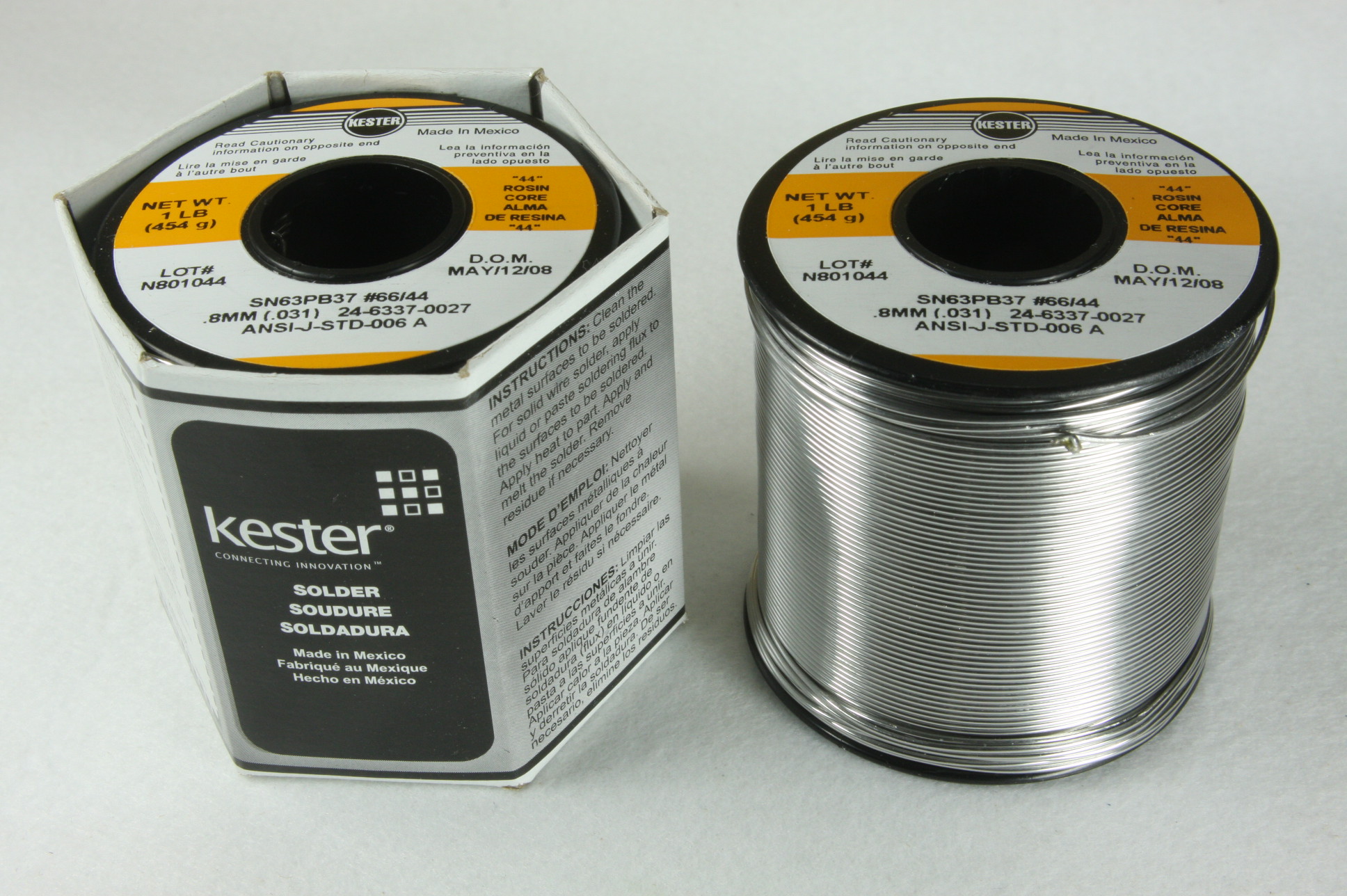|
Solder for Wiring Old Bikes
By LoneStar
I recently built a wiring harness for my 1948 Norton International, and had trouble
getting the elegant solder joints we all strive for:
- Using a 60-watt iron, it was difficult to get the joint hot enough to melt the
solder whenever the parts had significant mass.
- When soldering a terminal to a wire end, the heat often melted the insulation near
the joint. This reduces mechanical strength, and requires tape or heat-shrink tubing to cover the bare wire.
These problems resulted from a poor choice of solder. I was using lead-free
rosin-core electrical solder, only because that's what Sears sold and I
wasn't paying attention. Its composition is 95% tin / 5% antimony, and diameter .062".
While this works, it only melts at 450-464 F. Note the range - instead of a distinct melting
point, is has a range in which it's slushy. This is why you're advised to hold a joint motionless
after soldering - if it moves, crystallization causes a poor ("dry") joint.
So what's a better choice? Traditional solder, such as 63% tin / 37% lead, melts at 361 F - a full 100 degrees lower than lead-free.
This ratio has the lowest melting point of common electrical solders. It's also eutectic, meaning it has a sharp
melting point - it will solidify instantly, preventing dry joints.
Thinner solder melts more easily, so it's also a good idea to choose a small diameter.

I use Kester 63/37 rosin-core solder, .031" diameter
Caveats:
- This applies to electrical joints - for cables or other mechanical joints, factors such as tensile strength come into play.
- If your small children are fond of sucking on the wiring harness of your vintage bike, best to stay with lead-free solder for safety.
Links:
|